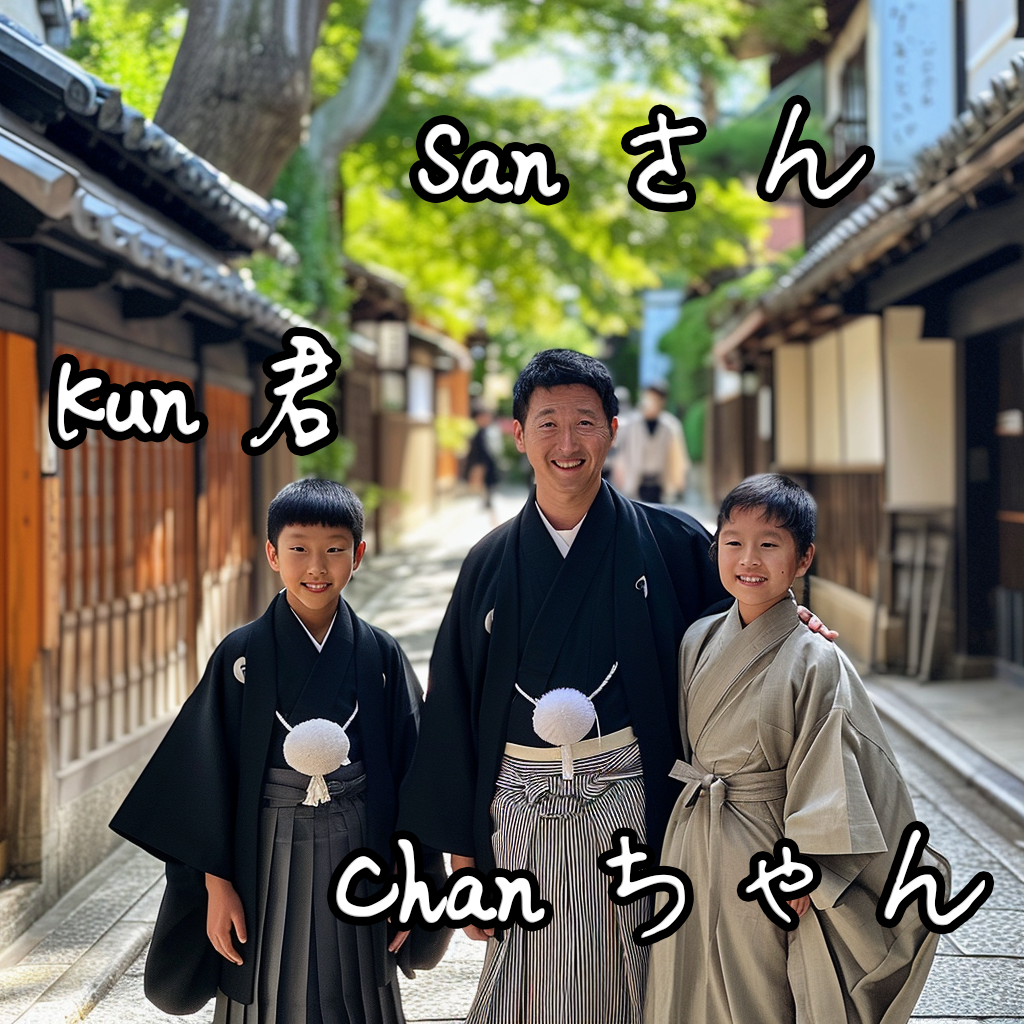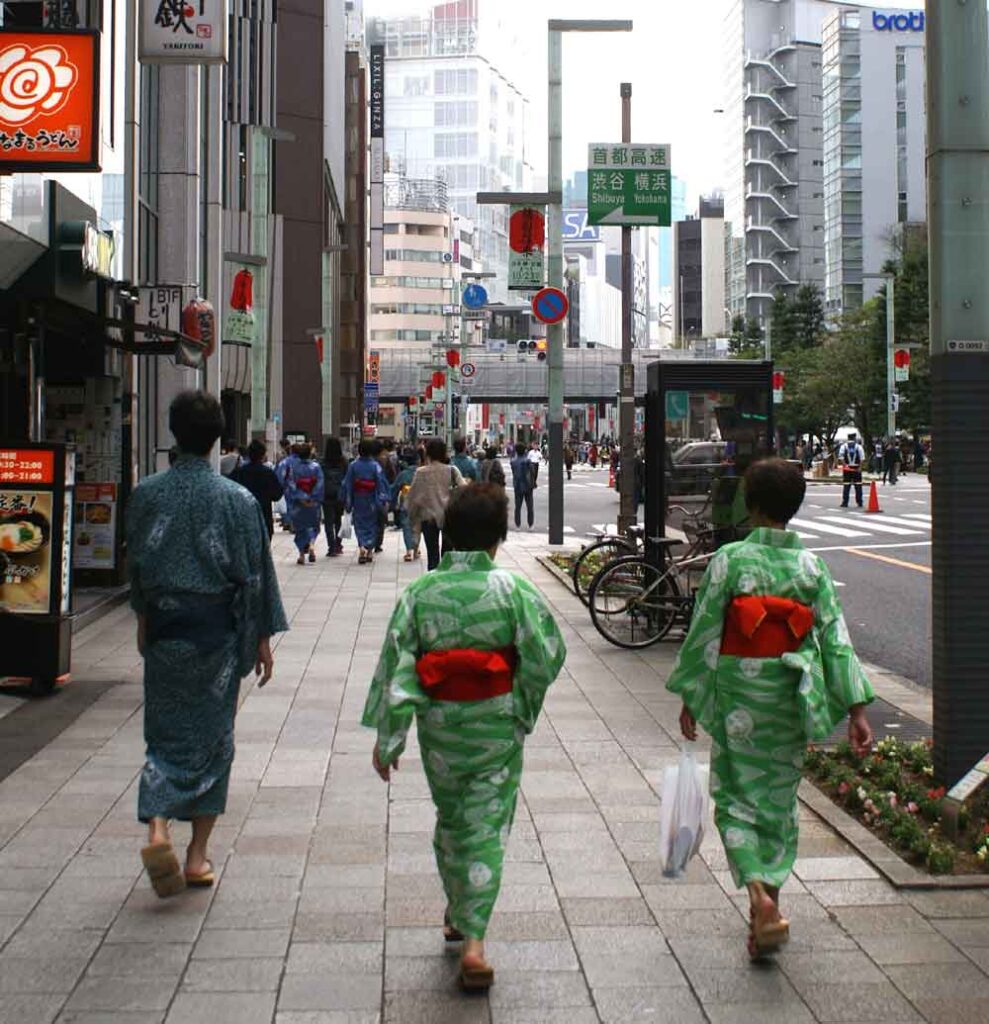Japan is a country where language and culture are closely linked. Indeed, the extensive use of honorific suffixes is one of the distinctive features of the Japanese language. These suffixes play a crucial role in everyday communication. They thus reflect the social relations and hierarchy present in Japanese society. In this article, we will explore the main Japanese honorific suffixes and their importance in everyday conversation.
The Cultural Foundations of Honorific Suffixes
Japanese culture places great importance on politeness, respect and hierarchy. Thus, honorific suffixes, called “keigo” in Japanese, are a linguistic manifestation of these deeply rooted cultural values. These suffixes are used to express respect for others, but also to indicate relative social position and establish harmonious relationships.
The Three Types of Keigo
There are three types of keigo: sonkeigo, kenjougo and teineigo. Each of these types then serves a specific purpose in communication, adding subtle nuances to interactions.
1. Sonkeigo (尊敬語)
First of all, Sonkeigo is used to express respect for superior people or actions considered honorable. It is often used in formal situations, such as public speeches, job interviews, and interactions with customers. Verbs and expressions are modified to indicate a high level of respect.
Example: The verb “to do” (suru) becomes “nasaru” in sonkeigo.
2. Kenjougo (謙譲語)
Then, Kenjougo is used to express modesty or humility, mainly when talking about oneself or one’s own actions. This reinforces the principle of modesty in Japanese culture and avoids appearing arrogant.
Example: The verb “eat” (taberu) becomes “meshiagaru” in kenjougo.
3. Teineigo (丁寧語)
Finally, Teineigo, also known as “polite language”, is used in formal and informal situations to show respect for others. This is the standard polite language used in everyday communication.
Example: The verb “to go” (iku) becomes “ikimasu” in teineigo.
Common Honorific Suffixes
Besides the three types of keigo, there are also honorific suffixes commonly used to indicate the social relationship between speakers. We add some of these suffixes to names or titles to show the level of proximity or respect.
- -san (さん): This is the most common honorific suffix and can be used in most situations. He is neutral and shows a standard level of respect.
- -sama (様): This suffix is more formal than -san and is used to express higher respect. It is often used in professional contexts or to show deep respect towards someone.
- -kun (くん) / -chan (ちゃん): These suffixes are generally used between friends, family or people of lower status. -kun is often used for boys, while -chan is used for girls.
In conclusion, Japanese honorific suffixes are not only linguistic elements, but also reflections of Japan’s deep cultural values. Their appropriate use is crucial to establishing harmonious and respectful relationships. By understanding these linguistic nuances, foreign speakers can enrich their understanding of Japanese culture and facilitate smooth and respectful interactions in various social contexts.



